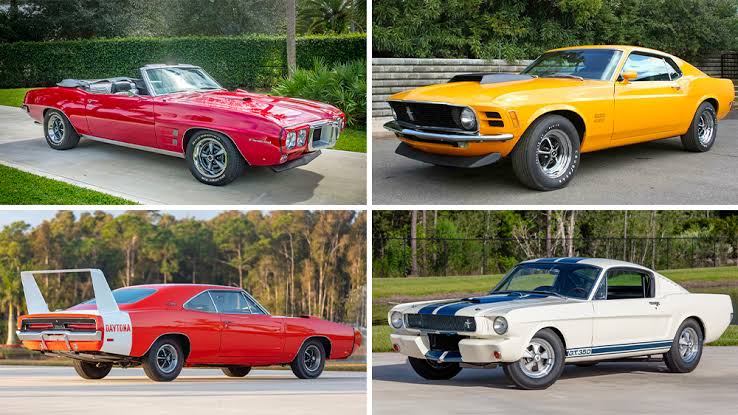From the early days of horseless carriages to the cutting-edge electric vehicles of today, the automotive industry has witnessed a remarkable evolution in car models. This journey through time not only reflects advancements in technology but also mirrors changing societal needs, preferences, and environmental concerns. Let’s take a nostalgic ride through the annals of automotive history to explore the evolution of car models.

The Dawn of Automobiles (Late 19th Century – Early 20th Century):
The birth of the automobile in the late 19th century marked the beginning of a transportation revolution. Early models such as the Benz Patent-Motorwagen and Ford Model T laid the foundation for modern cars. These vehicles were rudimentary by today’s standards, often featuring simple designs, basic engines, and limited functionalities. However, they represented a leap forward in mobility, offering an alternative to horse-drawn carriages.
The Age of Mass Production (1920s – 1950s):
The 1920s witnessed the rise of mass production techniques pioneered by companies like Ford. This era saw the emergence of iconic car models such as the Ford Model A, Chevrolet Bel Air, and Volkswagen Beetle. These vehicles became symbols of mobility and prosperity, catering to the growing middle class. Designs became more streamlined, and features like enclosed cabins, heaters, and radios started to appear, enhancing comfort and convenience for drivers and passengers.

The Golden Era of Muscle Cars and Luxury Sedans (1960s – 1980s):
The 1960s ushered in an era of performance and style, epitomized by the rise of muscle cars like the Ford Mustang, Chevrolet Camaro, and Dodge Charger. These models boasted powerful engines, sleek designs, and a sense of freedom and rebellion. Meanwhile, luxury sedans like the Cadillac DeVille and Mercedes-Benz S-Class catered to affluent buyers with their opulent interiors and advanced amenities, setting new standards for comfort and refinement.
The Era of Innovation and Globalization (1990s – 2010s):
The late 20th and early 21st centuries witnessed unprecedented technological advancements and globalization in the automotive industry. Japanese manufacturers like Toyota and Honda gained prominence with their reliable and fuel-efficient models such as the Toyota Corolla and Honda Civic. Meanwhile, European brands like BMW, Audi, and Mercedes-Benz pushed the boundaries of performance, luxury, and safety with innovations like ABS, airbags, and advanced infotainment systems. Additionally, the rise of SUVs and crossovers reflected changing consumer preferences, prioritizing space, versatility, and off-road capability.
The Electric Revolution (2010s – Present):
As concerns over climate change and sustainability intensified, automakers began shifting towards electric vehicles (EVs) as a cleaner alternative to traditional internal combustion engine vehicles. Companies like Tesla led the charge with models like the Model S, Model 3, and Model X, showcasing the potential of electric propulsion in terms of performance, range, and environmental impact. Traditional automakers also joined the EV race, introducing electric models like the Nissan Leaf, Chevrolet Bolt, and Audi e-tron. With advancements in battery technology and charging infrastructure, EVs are poised to revolutionize the automotive landscape in the coming years.

The evolution of car models over the years reflects not only technological progress but also changing societal values and environmental concerns. From the humble beginnings of horseless carriages to the electrifying future of electric vehicles, each era has left its mark on automotive history, shaping the way we drive, commute, interact with the world around us. As we look ahead, it’s clear that the journey of innovation and evolution in car models is far from over, promising exciting developments and transformative changes in the years to come.




